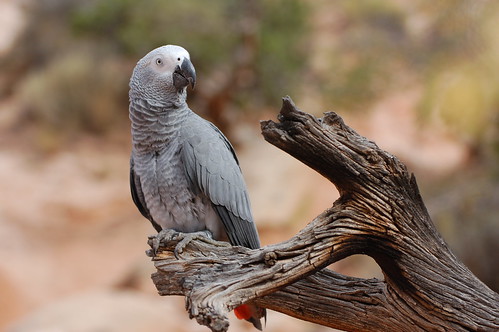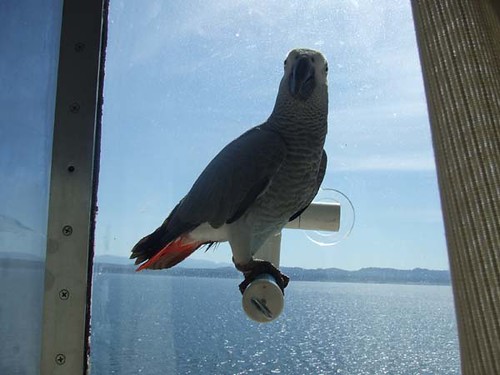
CITES Permits
Whenever you own an exotic animal, you have to think beyond a cage and food pellets. There are many restrictions and regulations in place that are meant to protect the animal listed as endangered and the people who have them.
CITES is the Convention on International Trade in Endangered Species of Wild Fauna and Flora. It is an international agreement, drafted by the International Union for Conservation of Nature (IUCN), between the governments of different nations throughout the world that aims to ensure that the trade in specimens of wild animals and plants does not threaten their survival.
CITES protects the wild African Grey by regulating its import, export, and re-export through an international convention authorized through a licensing system. These regulations restrict the number of birds that can be extracted from wild population without endangering their numbers.
The international agreement requires that each participant assign a Management Authority to implement the licensing system and a Scientific Authorities to keep track of the impact that trade has on the status of the species in the wild.
Different species are assigned appendix statuses (ie Appendix I, II or III) that indicates the level of threat to its current population with consideration to its likely ability to rebound in the wild with legal trade. Appendix I contains those species most at risk, some nearing extinction, as well as those which might be affected by legal trading. The african grey is listed on Appendix I and CITES imposes strict regulation on any species in this group.
WHAT IS A CITES PERMIT?
The CITES permit is a document that confirms that you have acquired your african grey through authorized channels and have not indulged the illegal pet trade that traps wild birds and exports them under horrific conditions in numbers that threaten their existence.
WHY DO I NEED A CITES PERMIT?
Most parrots are listed on CITES Appendix I, which means that a permit is required to travel both to and from another country. It is considered to be an import and export, even for a family vacation. You must have a permit to leave your country, to enter another country, to leave that country and to re-enter your country.
Failure to produce a CITES permit can lead to the confiscation of your bird.
IS THE CITES AGREEMENT EFFECTIVE?
The african grey is one of the world’s most sought after parrot species in the pet industry, making them the target of much illegal trapping. As long as they are a commodity, they will be hunted for profit.
Since CITES cannot enforce regulations in any nation, and does not replace their existing laws, it stands only as a recommendation which encourages support and commitment to a unified cause. The trapping and exportation of african greys is still quite legal in numbers expected by many to adversely affect wild population in the not so distant future.
However, countries that are not members of the CITES convention impose no regulations and continue to legally harvest african greys with no consideration to their dwindling numbers.
The effectiveness of CITES, with all its good intentions, is currently failing the african grey and they continue to decline in population. Some individual determined to protect them and other bird species from poachers have, as a result, set up vigilante groups.

No comments:
Post a Comment